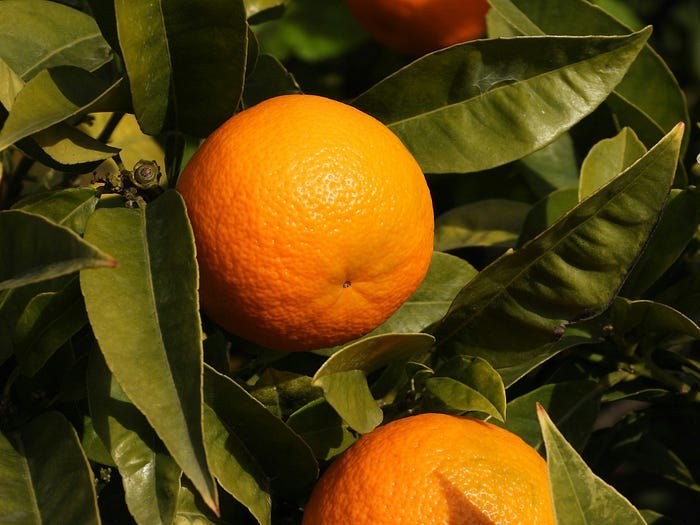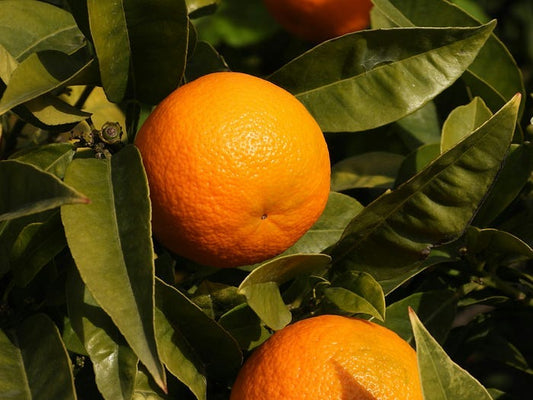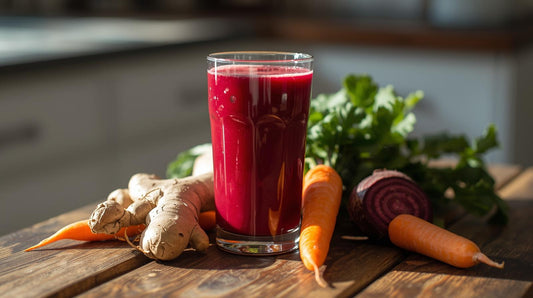
Anti-Cellulite Diet: Facts and Myths About Fighting Orange-Peel Skin
Oksana RozponczykShare
What Exactly is Cellulite?
Cellulite is not a flaw, but a natural physiological characteristic of women. Nearly 90% of us have orange-peel skin — that’s a statistic, not an exception. It forms due to the specific structure of women’s connective tissue, which creates characteristic dimples when fat cells enlarge and “push” upwards.
Cellulite vs cellulitis — they are not the same! Cellulitis is a bacterial infection of the subcutaneous tissue requiring medical treatment, whereas cellulite is a purely aesthetic concern.
 Photo by Lulucmy on Unsplash
Photo by Lulucmy on Unsplash
Types of Cellulite — Classification by Severity
Experts distinguish four grades of cellulite severity, which help determine the optimal management strategy:
Grade 1 — Cellulite is only visible when the skin is pinched between the fingers. It appears as fine bumps and is often called “latent”.
Grade 2 — A visible loss of skin elasticity is apparent when standing. Pinching the skin reveals the characteristic orange-peel structure.
Grade 3 — The skin maintains its uneven structure both when standing and lying down. Changes are noticeable without the need for pinching.
Grade 4 — Very pronounced changes with irregular skin structure and a complete lack of elasticity. Advanced changes may be accompanied by discomfort or pain.
Does an Anti-Cellulite Diet Actually Exist?
The right way of eating can significantly improve your skin’s appearance and reduce the visibility of cellulite. A genuine anti-cellulite diet is simply healthy, balanced nutrition focused on specific food groups.
 Photo by Rachel Park on Unsplash
Photo by Rachel Park on Unsplash
What to Eat to Reduce Cellulite? 5 Nutritional Pillars
1. Embrace Anti-Inflammatory Vegetables and Fruits
Cellulite has an inflammatory component. Berries, raspberries, citrus fruits, spinach, kale, and beetroot are rich in antioxidants that combat inflammation and strengthen blood vessels.
2. Strengthen Connective Tissue with Protein
Collagen and elastin are the scaffolding of your skin. Eggs, fish, pulses, and lean meats provide the building blocks for their production. Also include bone broth — a natural source of collagen. You could also use the collagen I recommend to my clients — drop me a message, and I’ll tell you where to find it.
3. Healthy Fats are a Must-Have
Avocado, walnuts, chia seeds, and oily fish improve skin elasticity and fight inflammation. Omega-3 fatty acids strengthen cell membranes and improve microcirculation.
4. Opt for Wholegrains
Buckwheat, millet, quinoa, and brown rice provide fibre and support the body’s detoxification processes. They have a low glycaemic index, which helps prevent insulin spikes that can contribute to cellulite formation.
5. Hydrate Wisely
Water is essential, but this doesn’t mean dehydrating coffee or tea. Herbal infusions (nettle, horsetail), coconut water, and green tea support toxin removal and improve connective tissue density.
 Photo by Brooke Lark on Unsplash
Photo by Brooke Lark on Unsplash
What to Avoid? The 4 Worst Enemies of Smooth Skin
- Sugar and Sugary Drinks — Damage collagen and exacerbate inflammation.
- Processed Foods — High in salt, which leads to water retention and puffiness.
- Trans Fats — Found in fast food and many baked goods/pastries.
- Alcohol — Dehydrates the body and impairs circulation.
Supplements Worth Considering
While most supplements “for cellulite” are a waste of money, a few substances have confirmed benefits:
- Bioactive Collagen Peptides — Studies show improved skin elasticity after 6 months of use.
- Vitamin C — Essential for collagen production.
- Bilberry Extract — Strengthens blood vessels.
Why Creams Alone Aren’t Enough
Anti-cellulite creams work superficially and temporarily. The problem of cellulite lies deeper — in the structure of the fat and connective tissue. Therefore, without internal changes, the results will always be limited.
Does Weight Loss Help?
It depends. For individuals who are overweight, losing kilograms can improve the skin’s appearance. For slimmer women, overly drastic weight loss can actually worsen the situation due to loss of skin elasticity.
 Photo by Huha Inc. on Unsplash
Photo by Huha Inc. on Unsplash
The Key to Success: An Individual Approach
Each of us is different. What works for your friend won’t necessarily work for you. Cellulite has various underlying causes — hormonal, vascular, genetic. That’s why a personalised approach is so crucial.
In my practice as a clinical dietitian, I always start with a detailed assessment to find the root of the problem. Only then do I create an individual nutrition plan that addresses the cause, rather than just masking the symptoms.
Summary: Realistic Expectations
You can improve your skin’s appearance through:
- A diet rich in antioxidants and collagen-building blocks.
- Adequate hydration.
- Avoiding pro-inflammatory products.
- Regular physical activity to improve circulation.
Remember, smooth skin is not just a matter of aesthetics, but primarily one of health. Investing in proper nutrition always pays off — not only in the form of a better appearance but, most importantly, in better well-being.

or need a personalised plan? As a specialist with years of experience, I can help you choose a nutritional strategy that will truly work for your skin. It’s time to stop wasting money on ineffective solutions and start using methods backed by science and experience. I invite you to get in touch.
“Health is the greatest human value”
AnaskoMed, Your Dietitian & Nutritionist
AnaskoMed Clinic is based on EBM (Evidence Based Medicine) medicine based on facts and reliable sources. Learn more about how we ensure the quality of our content at www.anaskomed.clinic
Remember that the information in this article is not a diet or education tailored individually, so if you have any health problems or your diet is more demanding, use the option of individual dietary cooperation or contact your doctor before using it.
References:
- Bass LS, Kaminer MS. Insights Into the Pathophysiology of Cellulite: A Review. Dermatol Surg. 2020 Oct;46 Suppl 1(1):S77-S85.
- Luebberding S, Krueger N, Sadick NS. Cellulite: an evidence-based review. Am J Clin Dermatol. 2015 Aug;16(4):243–256.
- Tokarska K, Tokarski S, Woźniacka A, et al. Cellulite: a cosmetic or systemic issue? Contemporary views on the etiopathogenesis of cellulite. Postepy Dermatol Alergol. 2018 Oct;35(5):442–446.
- Friedmann DP, Vick GL, Mishra V. Cellulite: a review with a focus on subcision. Clin Cosmet Investig Dermatol. 2017 Jan 7;10:17–23.
- Leszko M. Cellulite in menopause. Prz Menopauzalny. 2014 Oct;13(5):298–304.
- Schunck M, Zague V, Oesser S, Proksch E. Dietary Supplementation with Specific Collagen Peptides Has a Body Mass Index-Dependent Beneficial Effect on Cellulite Morphology. J Med Food. 2015 Dec;18(12):1340–8.
- Hexsel D, Dal’Forno T, Hexsel C. A validated photonumeric cellulite severity scale. J Eur Acad Dermatol Venereol. 2009 May;23(5):523–8.



